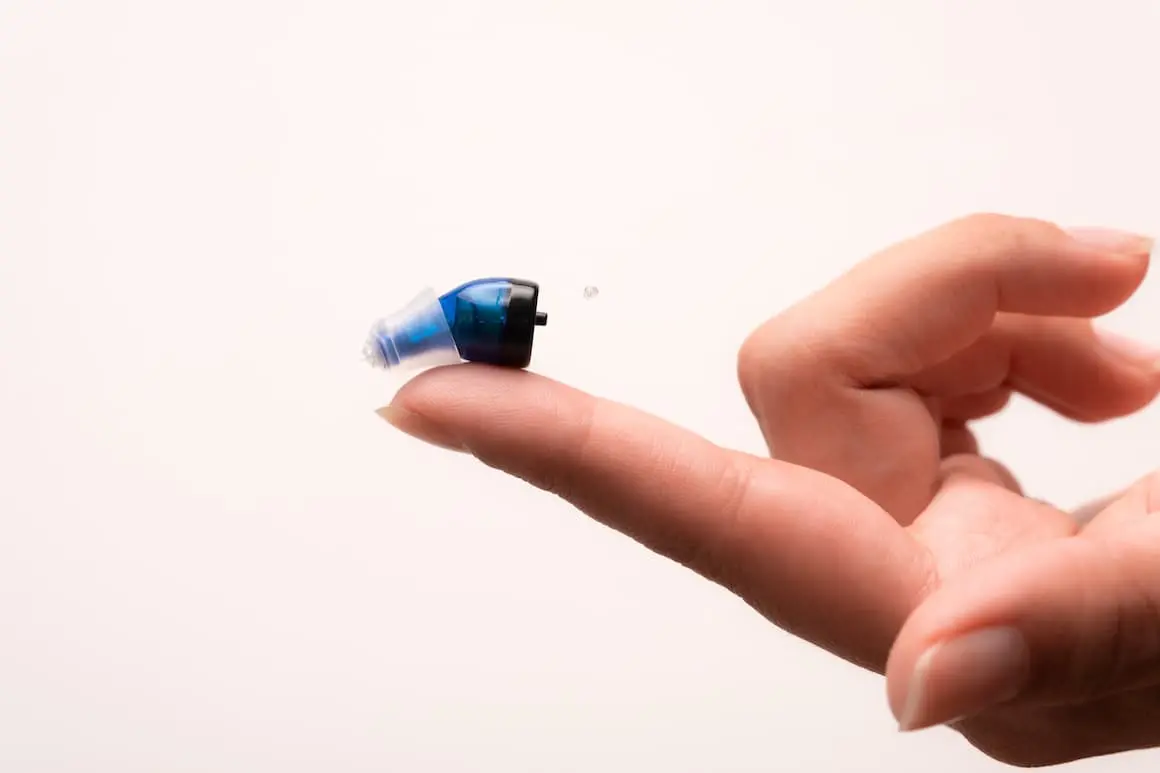
Your hearing aids are more than just tools for better hearing—they’re an investment in your hearing health and overall well-being. To ensure they continue to serve you well, proper care is essential. Here are some tips to help you maintain your hearing aids and keep them in top condition.
How to care for your hearing aids
Keep them clean
Hearing aids are delicate and can be damaged by dirt or wax buildup. Use the cleaning tools provided and always follow the manufacturer's cleaning instructions to keep them in optimal condition.
Keep them dry
Moisture is one of the biggest threats to hearing aids. Never swim with your hearing aids on, and if you’ve been sweating, place them in a container with drying capsules immediately. It's best to remove your hearing aids at night, take out the batteries (if applicable), and store them in a hearing aid dryer. For rechargeable hearing aids, use drying capsules to help remove moisture overnight.
Don’t throw them around
Always handle your hearing aids carefully. Avoid leaving them out of their carry case, as they can easily get lost or damaged by pets or small children. Even when stored in a case, be sure to place them gently in a safe location where they won't be thrown or knocked around.
Know which ear is which
To avoid damaging your hearing aids or your hearing, always make sure you’re wearing the right device in each ear. Most hearing aids are color-coded or marked with "R" (right) and "L" (left) to help you differentiate them.
Don’t overwear them
Avoid sleeping with your hearing aids in, as this can damage both the devices and your hearing. When you first start using hearing aids, gradually increase the amount of time you wear them each day until you’re comfortable.
Get in touch with Go Hearing
If your Go hearing aids are damaged, contact the Go Hearing experts immediately. Never wear a damaged hearing aid, as it can harm your hearing. Our team will guide you through the next steps to ensure your devices are repaired or replaced as needed.
Written by Lise Oelrich